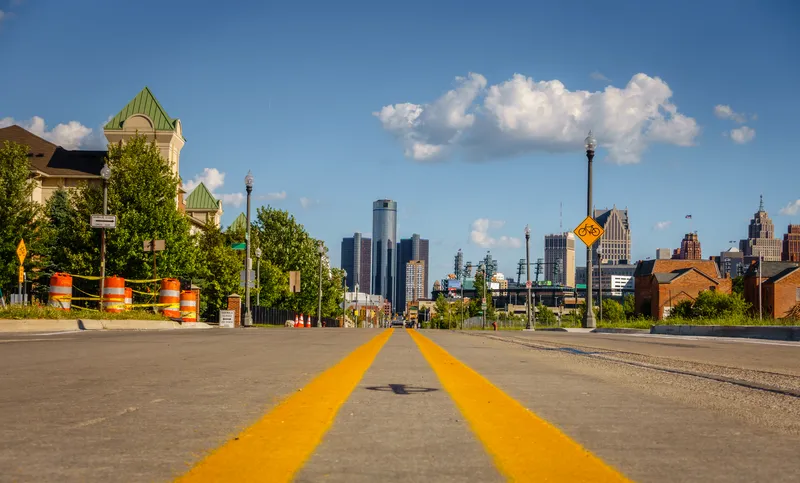The Asian Development Bank (ADB) is ready to provide a loan package worth up to US$500 million for developing an electric tricycle (e-trike) system in three to five years.
February 2, 2012
Read time: 1 min
The 2128 Asian Development Bank (ADB) is ready to provide a loan package
worth up to US$500 million for developing an electric tricycle (e-trike)
system in three to five years. The e-trikes project, which will be
capable of supporting between 20,000 and 100,000 tricycles, will be
carried out in Mandaluyong city, Philippines. The vehicles are capable
of travelling up to 100km, using a six-kilowatt-hour battery. ADB says
it is planning to carry out similar projects in other countries that are
interested in having such public electric transport systems.









